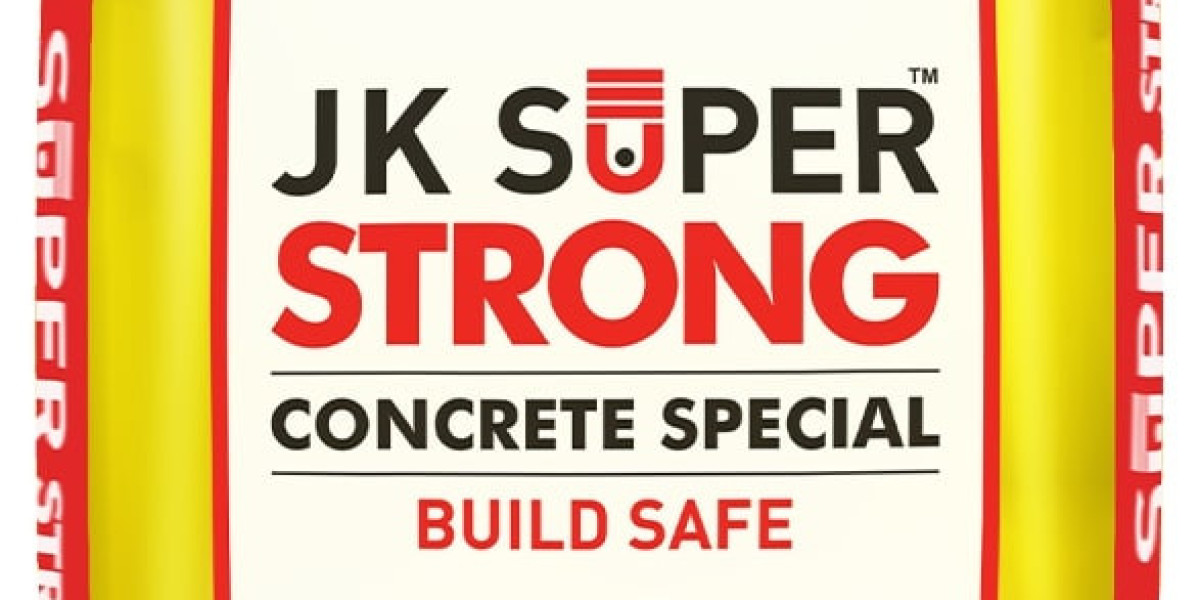Cement plays an important but often unnoticed role in our lives. It is used mainly as a binder in concrete, a primary material for all types of construction, including roads, housing, schools, hospitals, dams, ports, and decorative applications (patios, staircases, driveways, and pool decks). Concrete is a versatile construction material having a range of applications.
When considering the possible uses of cement in India, it is worth noting that we are the second-largest manufacturer in the world after China.
Where do you use cement?
Cement, a key ingredient in concrete and a versatile construction material is widely employed in the building industry. Combining cement, gravel, sand, and water creates a durable material you can shape into different forms. Concrete structures, such as bridges, buildings, tunnels, and dams, rely on cement’s strength and durability to provide structural integrity. Here are its uses:
Concrete pavement and road construction
These structures rely heavily on cement. Highways, streets, and sidewalks are often constructed using reinforced concrete, which consists of steel bars embedded within to enhance its strength and resistance to cracking. Cement-based concrete pavements offer excellent load-bearing capacity, resistance to heavy traffic, and durability, making them ideal for road construction.
Cement in masonry work
Cement is vital in masonry work, which involves constructing walls, partitions, and other structures using bricks, blocks, or stones. Cement-based mortars bond these masonry units, providing strength and stability to the overall structure. Cement’s ability to adhere to different surfaces and withstand various weather conditions makes it an indispensable material in masonry work.
Precast member manufacturing
Precast members are concrete structures made from the best cement in India. These are cast into form before being transported to the construction site. You can mix cement with concrete to build water and septic tanks. Other precast members include beams, footings, columns, partition walls, concrete lamp posts, etc.
Hydraulic and marine structures
Hydraulic and marine structures like dams, reservoirs, piers, and ports are built using cement as the binding material. Since these are susceptible to water damage over time, structures must be strong against moisture. Hydrophobic, Portland Pozzolana, and Portland Slag Cement are suitable for hydraulic and marine works.
Sealing applications
Cement-based coatings, sealants, and membranes can protect structures from water penetration, preventing moisture-related leaks and dampness. These products create a barrier to prevent water seepage into buildings, ensuring their long-term integrity.
Decorative and architectural purposes
The uses of cement also extend to decorative finishes, such as textured coatings, stamped concrete, and exposed aggregate, which add aesthetic appeal to surfaces. Architectural elements, such as columns, arches, and facades, often incorporate cement-based materials due to their versatility, durability, and ability to create unique designs.
Conclusion
With increasing awareness of environmental concerns, cement is also used in sustainable construction practices, like insulated concrete forms, to reduce the carbon footprint.








